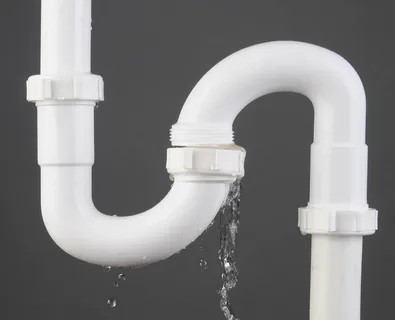There are a few enemies everyone with a bathroom has in common. One of the more notable is the dark, smelly standing water that may not leave our tubs. But, as is true with villains- there is always an origin story. And in this case, you should search “How to clear a clogged drain with standing water” to get your answers. After all, no one wants to be caught up with past problems that can result in increased damage to your drainage system, a wrecked bathroom, etc.
So, in this article, we will dive deeper into the steps you can take to ensure that a clogged drain is not a daunting event in your household. There are a few steps you can take and some preventative measures to keep in mind for the future!
Why Standing Water Needs To Be Dealt With?
Let’s get into the importance of avoiding this tell-tale sign of a clogged drain. Although it seems like a no-brainer it is best to note; standing water is infected with bacteria. It is a playground for all sorts of microorganisms to grow. This will start with an odour coming from the water, which will pollute the air. If your loved ones have respiratory sensitivities- their reactions are a sign the problem has elevated. And this growth may be quick on the part of the bacteria; depending on the temperature of your residence it can be as quick as a couple of hours.
Of course, if the water is still not dealt with, it will attract all sorts of insects. These may include mosquitos and hazardous flies. Also, as household bathrooms are not large spaces, this infestation spreading will not be difficult.
Tools Needed To Address The Problem.
Apart from a couple of specific needs, your household cleaning supplies can be your weapons of choice. The only part which you must take care of is covering your skin before dealing with the mess. You will be required to plunge into the standing water to open up the drain; this risks skin irritation. So, your first order of business is to dawn on protective tools like long-sleeved rubber gloves. Also, if the water’s odour is an issue, you should be ready with a good-quality mask.
Additionally, you may need the following:
- A plunger
- A bucket
- A wire coat hanger
- Boiling water and cold tap water from your sink
Try To Prepare Before The Procedure.
Before we begin the actual process, you should be able to clear out as much water as possible without the use of chemicals. It is also advisable to use a few cleaning chemicals because they can erode/weaken the pipes. Still, using a bucket take out as much standing water as needed- you should sicard this outside. Then, take away any drain covers and wipe down standing water around the drain. After this, you may clean out any visible gunk and throw it away in the trash. Again, this physical contact is the reason why you should be wearing gloves to protect yourself from bacteria.
But now, you should be ready to thoroughly unclog the drain. You may research any home remedies for natural chemical cleaners. Or you may research sites of pipe cleaning services and analyze any tips and tricks they recommend.
A Few Ways To Clean The Drain With Household Tools.
We will talk about the tried and tested way of clearing out this mess- with a strong, unwound coat hanger! You must bend the hanger until it forms a “J” shaped curve. Send this down the drain until you feel resistance- that is the culprit. Then, use the hook to pull out this gunk and set it aside. You can repeat these steps as many times as needed. Or, you may use a plunger. In this case, remember to apply petroleum jelly on the inner rim of the tool. Then, place it right on top of the drain fast and pull back. This suction should steadily bring up the clog within the pipe. However, its efficiency can depend on how big the mess is.
In both cases, you can test whether your drain is clog-free by running it down with hot water for three minutes and then, cold water for two minutes. If the water is freely flowing down, the mission has been successful. If not- it is time to move on to the next remedy.
Final Thoughts.
Keeping the points above in mind, you should have greater confidence in facing this age-old problem. It is also advisable to avoid excessive hair falling into the drain- perhaps with the use of a shower cap. Additionally, taking away kids’ toys that could fall into the bathtub’s drain and allowing hot water to run after every shower or bath can be good ways to prevent this problem!











